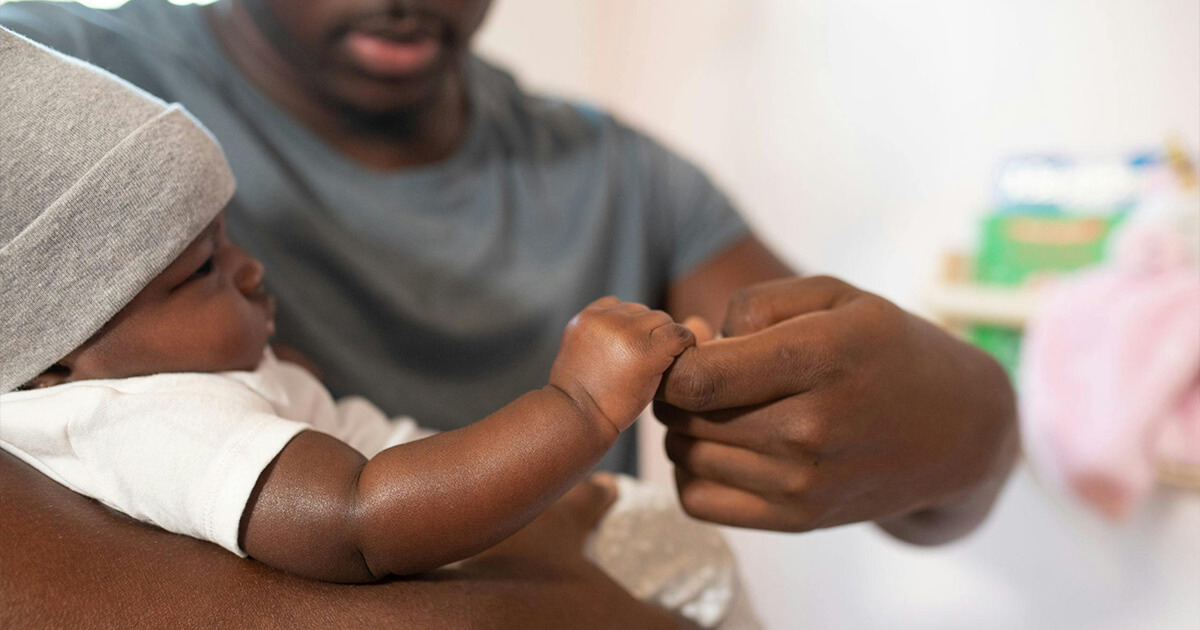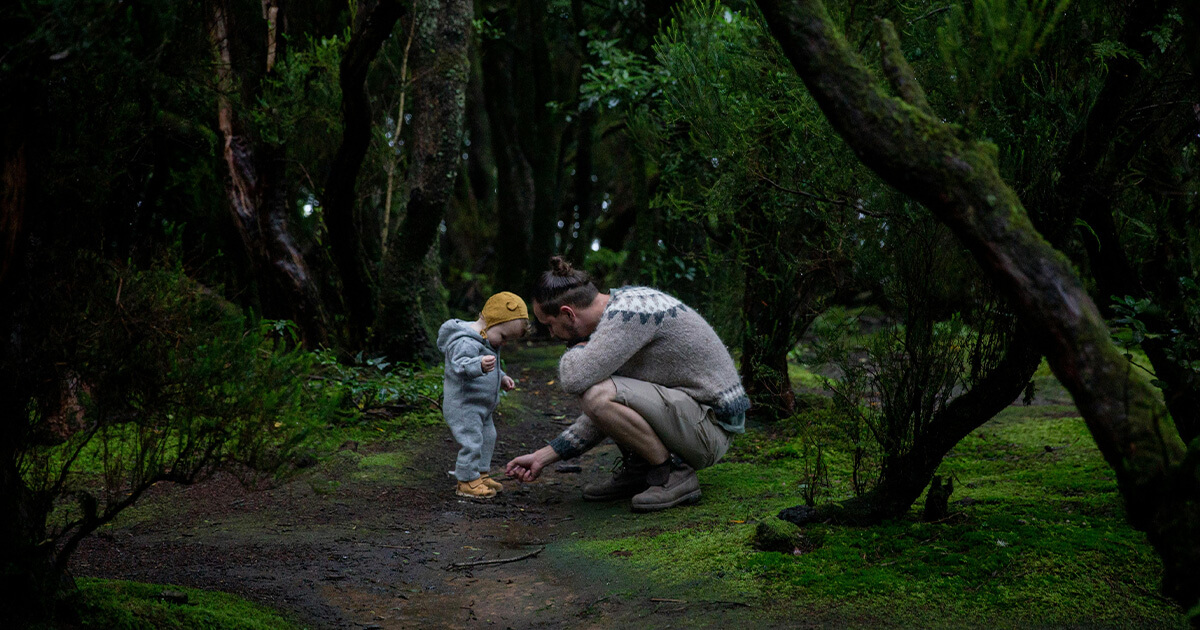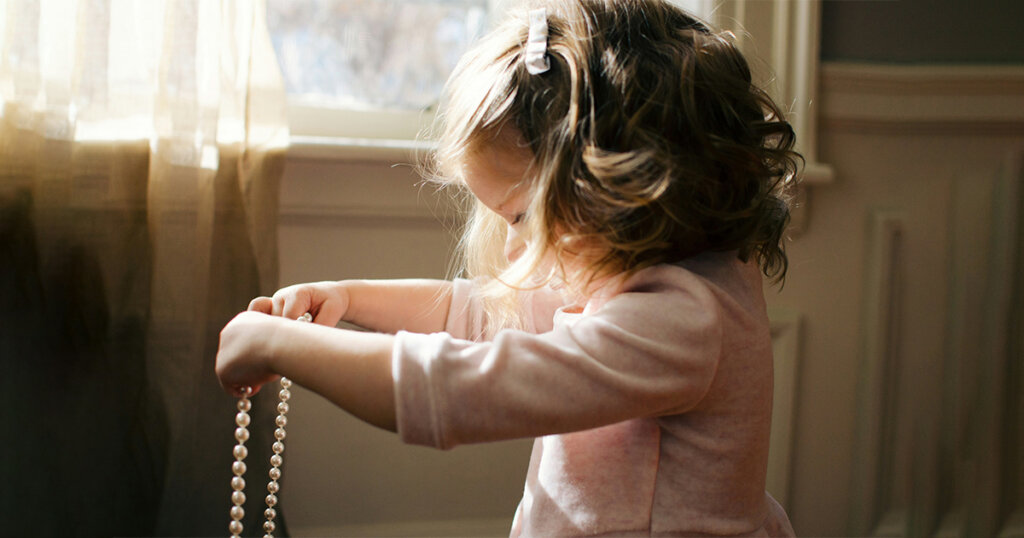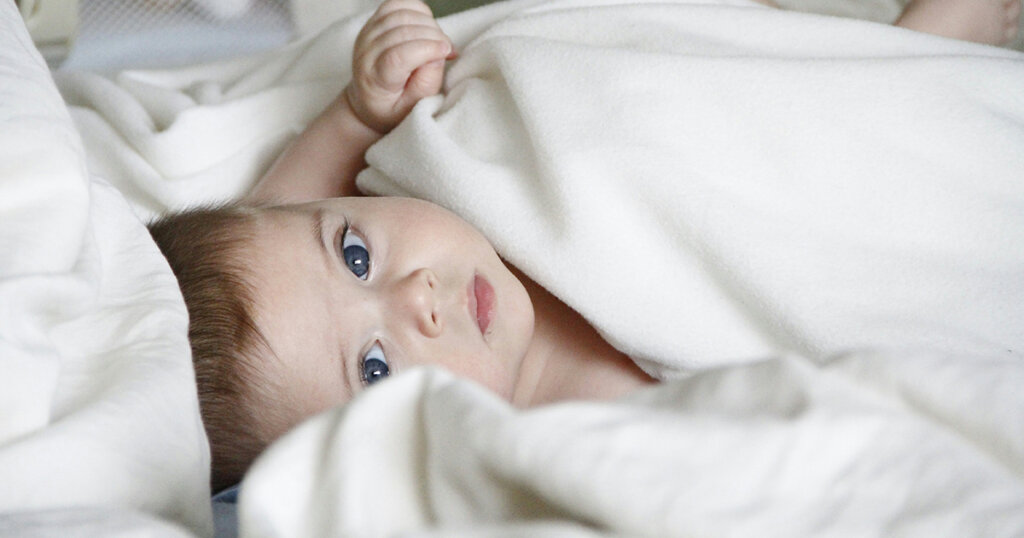Baby Sleep Patterns
Understanding Baby Sleep Patterns: A Comprehensive Guide
Ensuring your baby gets enough sleep is essential for their growth and development.
This blog offers an in-depth look at baby sleep patterns, including a chart that displays average sleep patterns by age, advice for enhancing sleep quality, a visual breakdown of sleep cycles, and guidelines for creating a safe sleeping environment.
Average Sleep Patterns by Age
Baby Sleep Patterns Chart:
| Age (Months) | Total Sleep (Hours) | Nighttime Sleep (Hours) | Naps (Number) | Nap Duration (Hours) |
|---|---|---|---|---|
| 0-3 | 14-17 | 8-9 | 3-5 | 0.5-2 |
| 4-6 | 12-16 | 9-10 | 3-4 | 0.5-2 |
| 7-9 | 12-15 | 10-11 | 2-3 | 1-2 |
| 10-12 | 12-15 | 10-12 | 2 | 1-2 |
Tips for Improving Sleep Quality
- Establish a Consistent Bedtime Routine:
- Routine: Create a calming bedtime routine that includes a warm bath, gentle rocking, and reading a book.
- Tip: Start the bedtime routine at the same time each night to help your baby recognize when it’s time to sleep.
- Create a Sleep-Inducing Environment:
- Environment: Keep the sleep environment dark, quiet, and comfortable (68-72°F).
- Tip: Use blackout curtains and a white noise machine to block disturbances.
- Promote Daytime Activity:
- Activity: Encourage plenty of daytime play and exposure to natural light to help regulate your baby’s sleep-wake cycle.
- Tip: Limit stimulating activities close to bedtime.
- Recognize Sleep Cues:
- Cues: Watch for signs of sleepiness, such as rubbing eyes, yawning, and fussiness.
- Tip: Put your baby to bed when they show these signs to help them fall asleep more easily.
Visual Representation of Sleep Cycles
Sleep Cycle Illustration:
Description:
- Stage 1: Light Sleep – Your baby transitions from wakefulness to sleep.
- Stage 2: Deep Sleep – Your baby experiences deeper, more restful sleep.
- Stage 3: REM Sleep – Your baby has active sleep with dreaming and movement.
Tips:
- Recognize that newborns spend more time in REM sleep, essential for brain development.
- Understand that sleep cycles are shorter in infants, leading to more frequent wakings.
Safety Tips for Sleep Environment
- Back to Sleep:
- Always place your baby on their back to sleep to reduce the risk of Sudden Infant Death Syndrome (SIDS).
- Safe Crib Setup:
- Use a firm mattress with a fitted sheet. Avoid soft bedding, pillows, and toys in the crib.
- Room Sharing:
- Share your room with your baby for at least the first six months, but avoid bed-sharing.
- Appropriate Sleepwear:
- Dress your baby in lightweight sleep clothing and prevent overheating.
User Guidelines
- Regular Monitoring:
- Keep track of your baby’s sleep patterns using a sleep diary or mobile app.
- Consult Healthcare Providers:
- Consult your pediatrician for advice and support if you have concerns about your baby’s sleep.
- Stay Informed:
- Continuously educate yourself about baby sleep patterns and safety practices to ensure your baby’s well-being.
Conclusion
Understanding and optimizing your baby’s sleep patterns can significantly impact their health and development. Use the tips and guidelines provided in this comprehensive guide to ensure you.
The data in this Blog is taken from the following authentic resources for further data you can check by clicking the links below.
- (Sources: HealthyChildren.org, Mayo Clinic)
- (Sources: Centers for Disease Control and Prevention (CDC), American Academy of Pediatrics)
- (Sources: American Academy of Pediatrics, Sleep Foundation)









